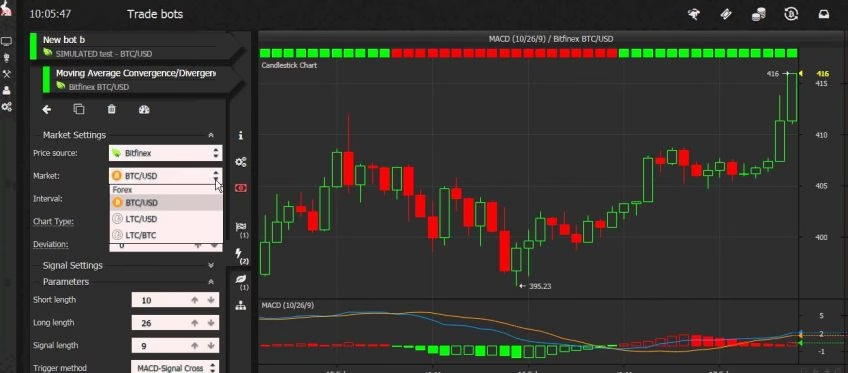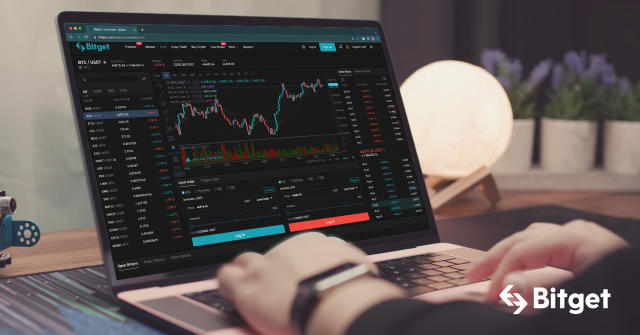Recommended Tips For Selecting Forex Software
Wiki Article
What Is Backtesting? And How Can You Backtest A Trading Strategy?
Backtesting, the procedure of testing a strategy for trading against historical data, permits one to assess its performance. It's a method to compare how the strategy would perform under different conditions. Backtesting is a way to determine the effectiveness of the strategy, and also to identify potential issues, prior to implementing it in live trading.
These steps are necessary to test a trading strategy back.
Determine your trading strategy This is the place where you determine the rules and guidelines which will guide you through your trading strategy.
Select the historical data - Select a time period that is the market in a representative manner. The data could be obtained through a trading platform or data provider.
Implement the strategy: Write codes or use an application program to implement the strategy on the historical data. This involves the processing of historical data as well as creating trade signals dependent on the strategy's rules.
Analyze historical data and evaluate the outcomes. Key metrics include profits and losses, win rate and drawdown, risk-reward ratio, and profit and loss.
Improve your method. The results of the backtest should permit you to make any changes required to enhance the strategy's effectiveness. Keep doing this until you're satisfied.
It is vital to note that backtesting isn't a guarantee of future results. Results may also be affected by data quality and bias in survivorship. Also it is not indicative of the future. It is important to test and verify any trading strategy before it is implemented in live trading. Follow the top trading platforms for blog tips including automated cryptocurrency trading, rsi divergence, automated crypto trading bot, forex trading, stop loss in trading, forex backtester, cryptocurrency automated trading, cryptocurrency trading bot, automated trading system, trading platform crypto and more.
What Are The Benefits And Disadvantages Of Testing Back?
Benefits from Backtesting
Increased confidence - Trading using historical data can help traders a greater understanding of how the strategy could perform in real world circumstances.
Objective evaluation- Backtesting allows an objective and systematic assessment of the trading strategy. This eliminates emotional biases and subjective biases which can influence the decision-making process.
Risk management- Backtesting can assist traders in identifying and manage the risks that may be inherent to a strategy like large drawdowns or times of low returns and then make changes accordingly.
Backtesting could have grave consequences
Data quality- Backtesting results are affected by the quality of the data or data utilized. Therefore, it is important to ensure that the data you use is reliable, accurate, and relevant.
Survivorship bias - Backtesting can be affected by the bias of survivorship. This happens the case when the most profitable trades aren't included in historical data. It can cause an overstated performance.
Overfitting- A method that is optimized too heavily for data from the past can cause inadequate performance when used with new data.
Absence of real-world situations The results of backtesting may not be accurate to the real-world conditions, such market impact or slippage. These variables can adversely affect the effectiveness of an investment strategy.
The backtesting process is limited to historical data. can be limited by the historical data, which might not accurately portray the results of a strategy's strategy in future markets.
Backtesting is a good tool for traders to evaluate the effectiveness of their trading strategies. However it's important not to overlook its limitations. Also, validate your results using other methods such walk-forward and forward testing. Read the most popular crypto strategies for blog tips including crypto futures trading, algorithmic trading platform, crypto bot for beginners, best backtesting software, crypto trading strategy, trading psychology, automated trading software free, divergence trading forex, algo trading software, automated trading system and more.
Backtesting Vs Scenario Analysis Vs Forward Performance
Scan Analysis Scan Analysis, Forward Performance Backtesting, Scan Analysis, and Forward Performance are all methods to evaluate the performance of a trading strategy. But, they each have different approaches and goals, and each has its own advantages and disadvantages.
Backtesting
Backtesting is the method of testing a trading system with historical data to test its viability. Backtesting simulates how the strategy could perform if it were in use in the past.
Benefits
Improved strategy developmentthrough backtesting allows traders to enhance and refine their strategies, identifying weaknesses or inefficiencies before using them in live trading.
Backtesting is an objective method of evaluation. It provides an organized and objective method to assess a plan, removing subjective biases and emotional factors from the process of making decisions.
Disadvantages
Data quality- Backtesting results can be affected if information used is not reliable or reliable.
Overfitting- Overfitting can occur when a strategy is optimized too much for data from the past which results in poor performance when applied to the new data.
A lack of real-world circumstances - Backtesting may not reflect the real-world conditions like slippage, market impacts and unexpected circumstances. This could negatively impact the performance of a strategic plan.
Scenario Analysis
Scenario Analysis is the process of evaluating the potential impact of market conditions on a trading strategy. Scenario analysis is used to determine the rewards and risks of a strategy in different market circumstances.
Advantages
Improved risk management- Scenario analysis allows traders to identify and manage potential risks associated with a strategy that includes huge drawdowns or periods of low returns.
Accuracy improves- Scenario analysis will help you determine how your strategy would work in different markets.
Disadvantages
Limited scenarios - Scenario analysis cannot cover all possible market conditions.
Subjectivity- Analysis of scenarios can be subjective and affected by personal biases and assumptions.
Forward Performance
Forward performance refers to the evaluation of a strategy in trading using new, real time data. It determines its actual performance when trading is actually happening. The goal of forward performance is to verify and validate results from scenario analysis and to prove that a strategy can be used in real-world situations.
Advantages-
Real-world validation Forward performance allows real-world validation and helps identify potential issues that might be missed during backtesting.
Improved confidence by testing a strategy with real-time data traders can build confidence in its effectiveness and take informed decisions on whether or not it should be implemented.
Disadvantages-
The performance of forwards with limited data is limited by the quantity of real-time information available, which may not be representative of all market conditions.
Emotional influence- Forward performance is influenced by emotions including the fear of losing money that can affect the decision-making process.
Each strategy has strengths and weaknesses, but they can be combined to create an accurate assessment of a trading strategy. To verify results from backtesting and scenario analysis and to ensure their viability in actual situations it is crucial to utilize a variety of strategies. See the top backtesting tool for site advice including forex backtest software, best trading platform, which platform is best for crypto trading, algorithmic trade, trading with divergence, stop loss, stop loss crypto, algorithmic trading bot, best cryptocurrency trading bot, best free crypto trading bots and more.


